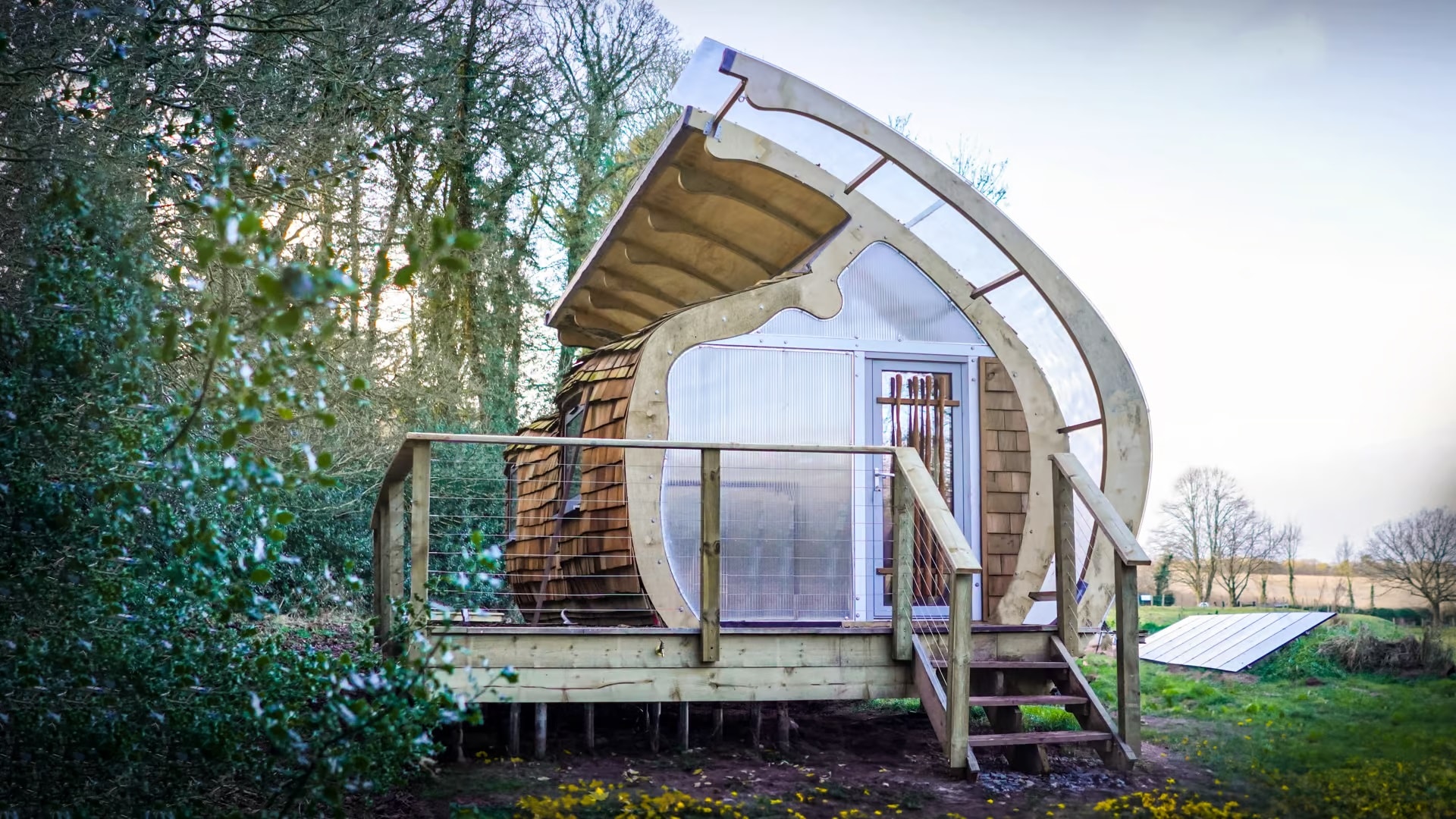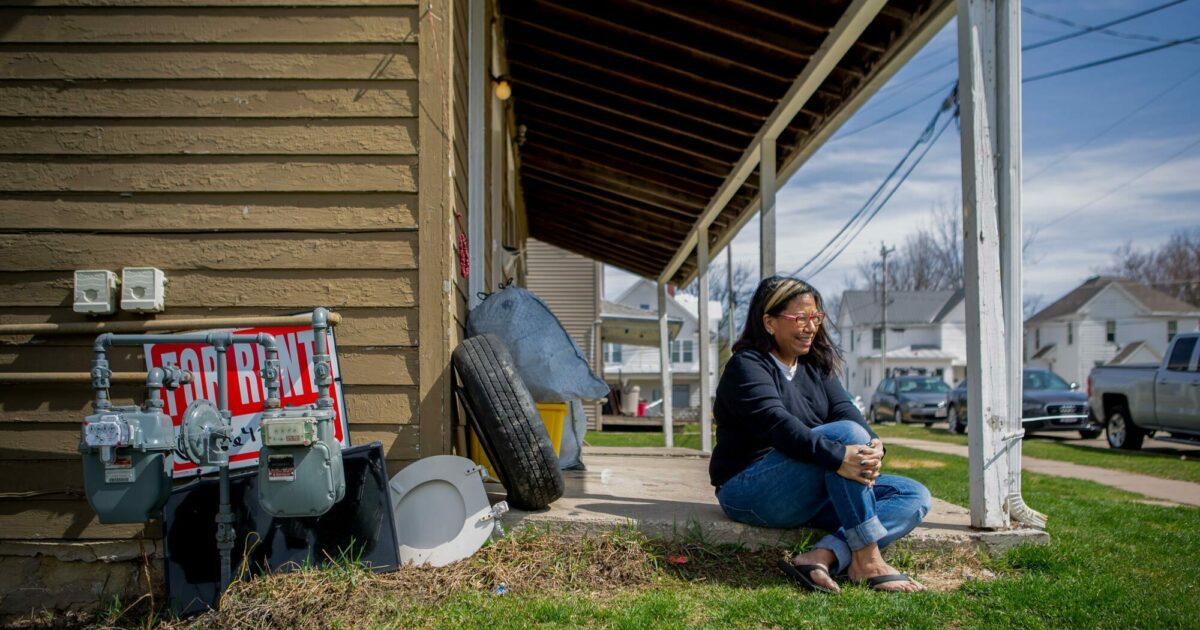Writing about modular and offsite housing in the US and Canada tends to give me a myopic viewpoint of thinking North American factories lead the way to what the future of housing will be. Lately, however, I’ve read about and talked with quite a few people in Europe’s growing modular housing industry and my vision is now growing of what is happening in the world outside the US and Canada. Sorry about that!

While modular housing is becoming increasingly popular in both the US and Europe, there are some key differences in how it is produced and used in each region.
One significant difference is in the design and customization options available. In the US, modular homes are often designed to meet specific building codes and regulations for each state or region. As a result, there may be fewer options for customization or unique design features compared to Europe, where modular housing is often designed to be highly customizable and tailored to individual preferences.

Another difference is in the materials used for construction. In the US, modular homes are typically constructed using wood-frame or steel-frame construction, while in Europe, there is a greater focus on using sustainable materials such as cross-laminated timber (CLT) and other engineered wood products.
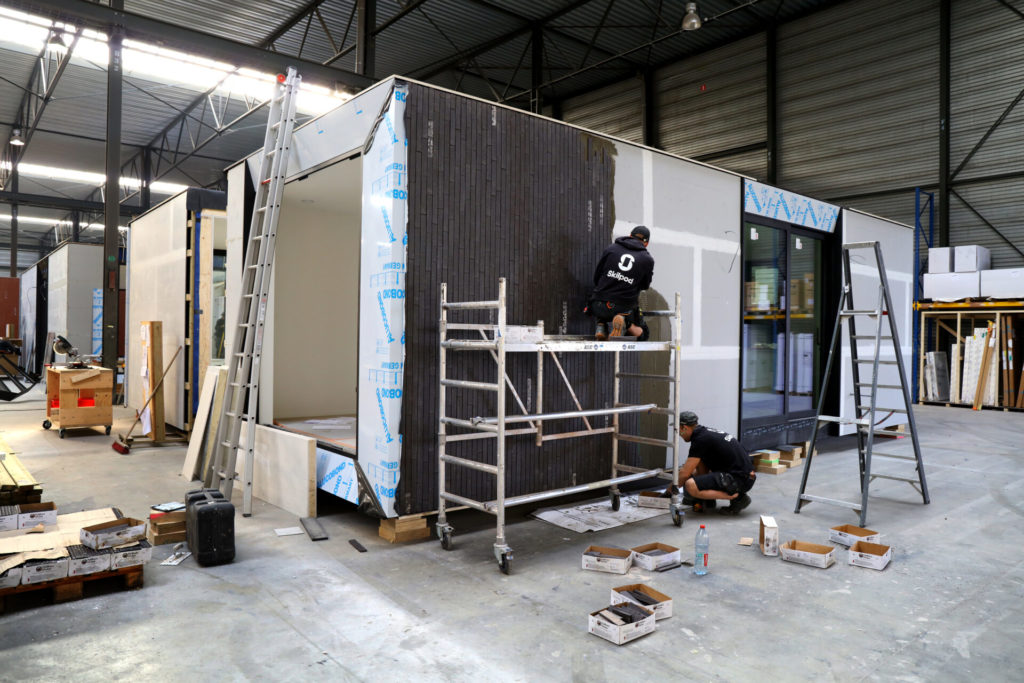
In terms of manufacturing, there are also some differences between the US and Europe. In the US, newer modular housing production are often highly automated, with factories using advanced machinery to produce large numbers of modules quickly and efficiently. In Europe, there is still more of an emphasis on handcrafted construction, with skilled craftsmen working on each module to ensure the highest quality. But don’t think that automation and robotics can’t be found in most European factories because it is a key component of all their production lines.
Finally, there are some differences in the regulatory environment for modular housing between the US and Europe. In the US, modular homes are subject to strict regulations at the state and federal levels, which can make it challenging for companies to expand into new markets. In Europe, there is a more standardized regulatory environment, with companies able to operate across multiple countries with relative ease.
Overall, while there are some differences in how modular housing is produced and used in the US and Europe, the underlying principles of affordability, sustainability, and efficiency remain the same.
Six European Modular Factories
Europe is home to many leading modular housing factories including these six factories in Europe, each with its own unique features.
Volumetric: Based in the UK, Volumetric is one of the leading modular construction companies in Europe. They specialize in large-scale building projects such as schools, hotels, and residential developments.
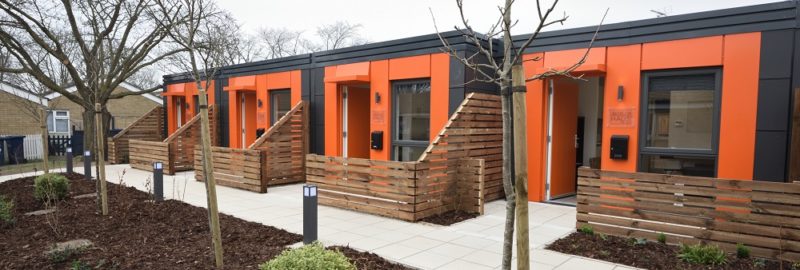
Their modular homes are built off-site and delivered to the construction site, resulting in a faster and more efficient building process.
Huf Haus: Huf Haus is a German company that produces high-end prefabricated houses. Their homes are known for their modern design, use of sustainable materials, and energy-efficient features.
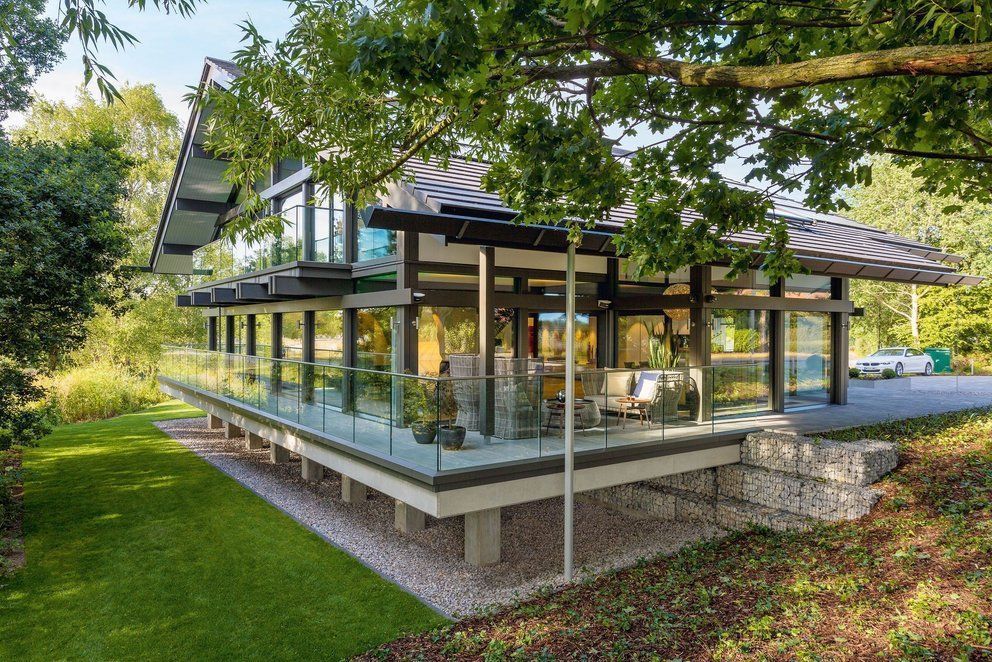
They offer a range of customizable designs, from small cottages to large family homes.
Skilpod: Skilpod is a Belgian company that produces modular homes and apartments. They focus on sustainable and energy-efficient building practices, using materials such as wood and steel.
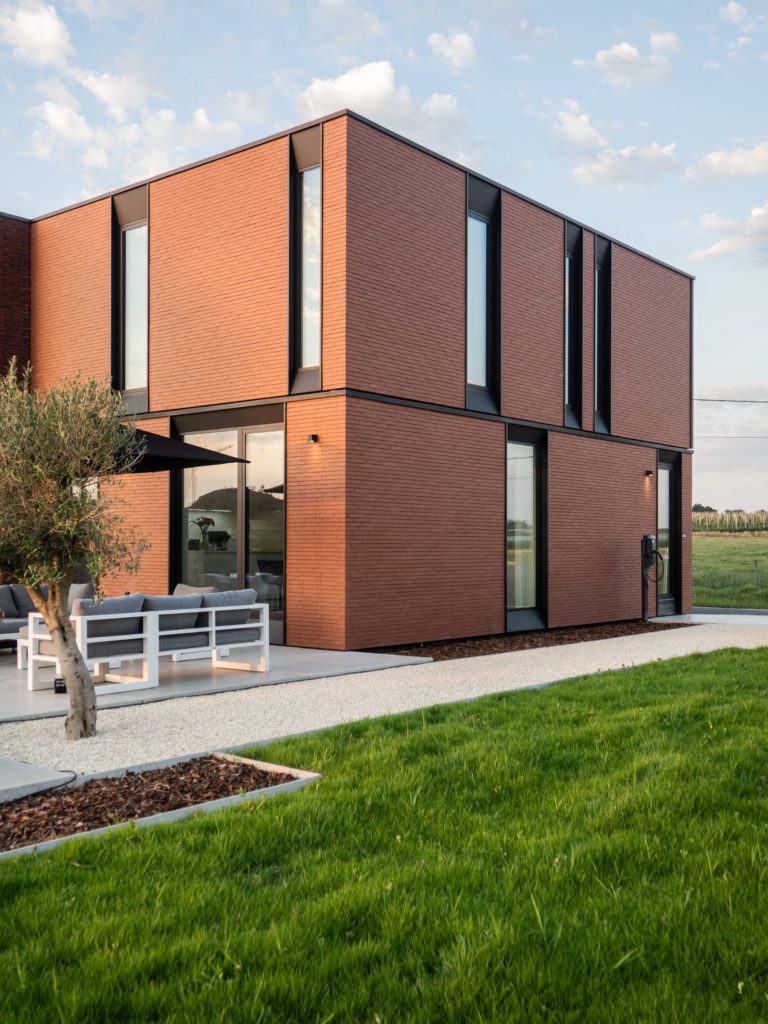
Their homes are designed to be easily expandable, making them a popular choice for growing families.
Boklok: Boklok is a joint venture between IKEA and construction company Skanska, based in Sweden.
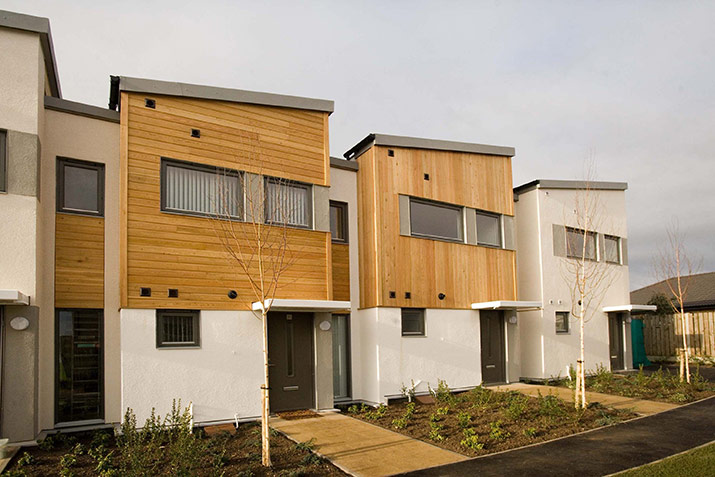
They produce affordable modular homes with a Scandinavian design aesthetic. Their homes are built using sustainable materials and are designed to be easy to assemble, making them a popular choice for first-time homeowners.
Hanse Haus: Hanse Haus is a German company that produces high-quality prefabricated houses. They offer a wide range of customizable designs, from traditional to contemporary.

These homes are built using sustainable materials and are designed to be energy-efficient, with a focus on reducing their environmental impact.
Dan-Wood House: Dan-Wood House is a Polish company that produces energy-efficient prefabricated houses. They offer a range of designs, from traditional to modern, and use high-quality materials to ensure their homes are durable and long-lasting.
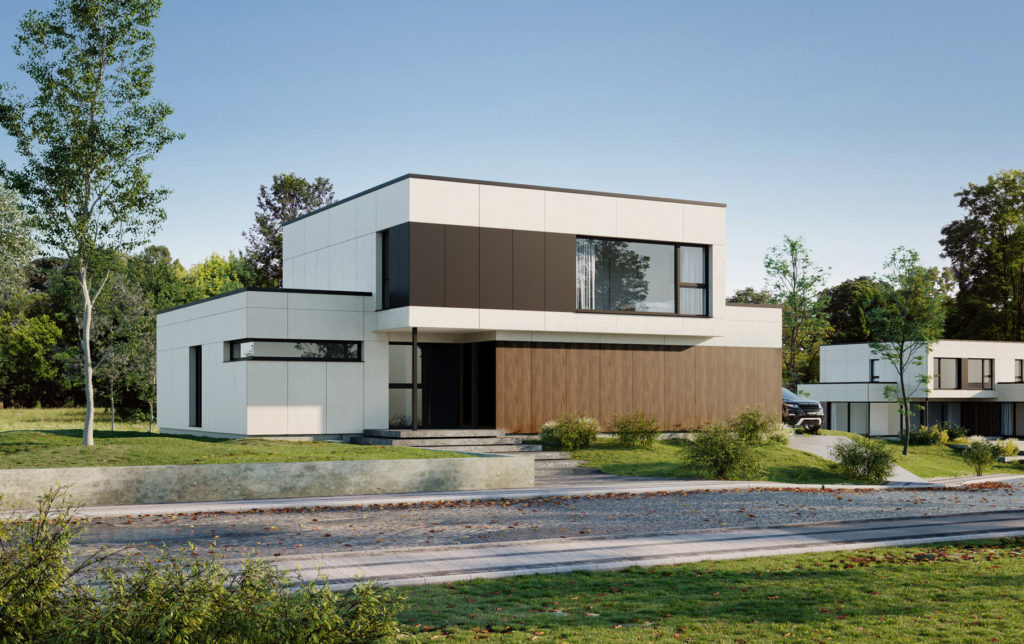
Their homes are designed to be energy-efficient, with a focus on reducing their carbon footprint.
In conclusion, Europe is home to many leading modular housing factories, each with its own unique features and benefits. From high-end design to affordability and sustainability, there is a modular home factory in Europe to suit every need.

Gary Fleisher, the Modcoach

